Ammunition reloading is a process that may seem simple and straight-forward to the seasoned sportsman, but usually involves many challenges at first. I enjoy these challenges, and that was my primary motivation for branching out into shotshell reloading here on Ultimate Reloader. After lots of planning and painful component acquisition delays, I now have completed shotshells rolling off the Hornady 366 loader in the studio. This is a big moment, but there’s still a lot of fine-tuning and learning that I need to work through before I’d consider my operation an “well oiled machine”. That’s the fun of it all- working towards the “top of the mountain” step by step.
It’s one thing to know how something should work on paper, and another thing to actually perform a task in-person. So with much excitement, I took my Alliant load data, my components, and prepared my Hornady 366 for it’s first 12 gauge loading session. I carefully poured some #8 shot into the shot tube, some Alliant Red Dot into the powder tube, and sent a pre-primed Cheddite hull through the 8 stations (I figured I’d save primers/priming for the 2nd phase of bring-up on the Hornady 366).
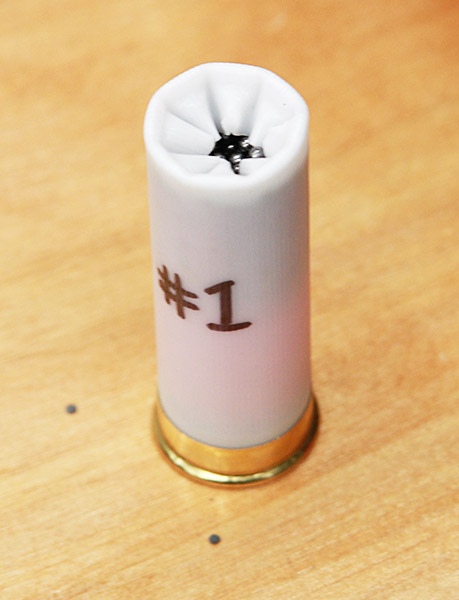
OK, so you definitely wouldn’t cycle this shell through your shotgun, but all of the basic processes worked. I could tell right off that my crimp stations would need some adjustment, and that I may need to fine-tune the load/components for these Cheddite hulls. The Hornady 366 is factory adjusted for Winchester AA hulls, so I thought I’d try reloading a similar factory hull. So I decided to “go for it” and try some Remington Gun Club once-fired hulls that a friend rounded up for me. Time to get all 8 stations rolling at the same time!
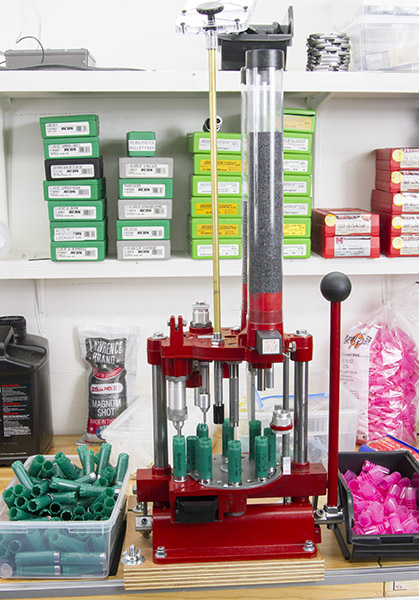
I took things *really* slow when bringing up the press into full progressive mode, and things went pretty well. Pull hull from full-length sizing station, place into depriming station, place fresh hull in full-length sizing station, place wad, pull lever, repeat. I took much care when running up the press turning on the powder station and shot stations, and turning them off at the appropriate times when running down the press (emptying stations). The 366 was running, and I was kicking out some nice 12-gauge shells! Exciting!
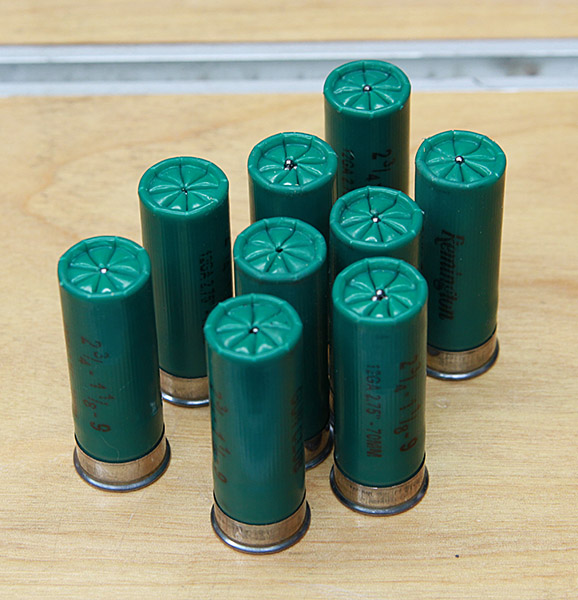
These shells were looking a lot better than the Cheddite hulls, even with factory die station settings. It looks to me like I just need a bit lower height to bring the crimp together a touch more as you can see shot “poking through” on most of these shells. I think I’ll shoot these to see how they do. I’m not afraid to have a couple bb’s fall out. 🙂
For these first shells, I decided to go with a “Standard load” from the Alliant load data center.
Data supplied for reference only, please cross-reference with manufacturer’s data before attempting to replicate loads, Ultimate Reloader cannot be liable for loads using this data.
- Hull: Remington Gun Club 12 gauge, once-fired
- Primer: Fiocchi 616 (209 type)
- Wad: Claybuster 12S3 replacement (CB2118-12)
- Shot: #8, 1 1/8 oz
- Powder: Alliant Red Dot, 19.5 grains
I learned through this process that the Hornady 366 doesn’t have an easy way to shut off primer feed, but I did find a shut-off accessory listed online. I’ll have to think about that. Next steps: fiddle with crimp station adjustments to get Remington hulls to look right, and also look at Cheddite hulls to get them to load better.
This is fun stuff! Time to go skeet shooting.
Thanks,
Gavin
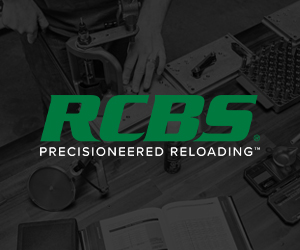
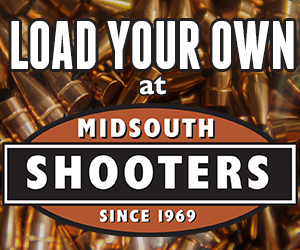
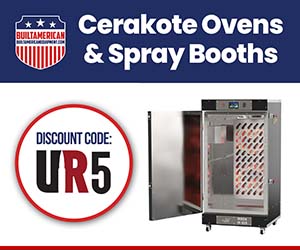
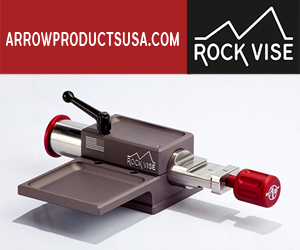
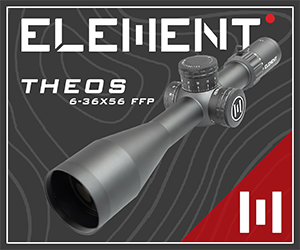

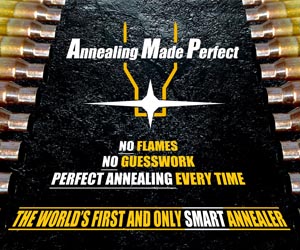
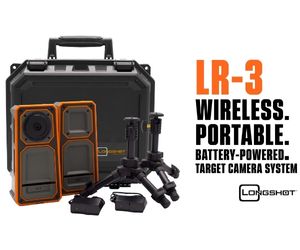
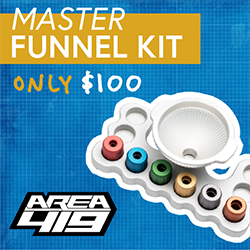
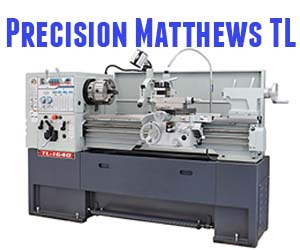

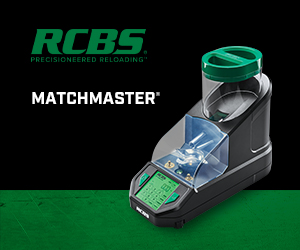

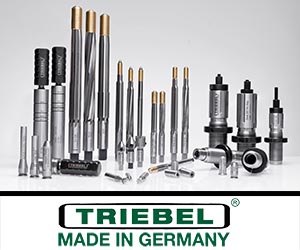
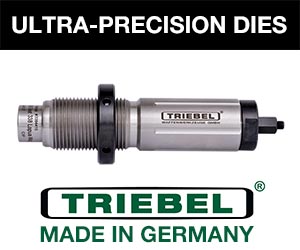

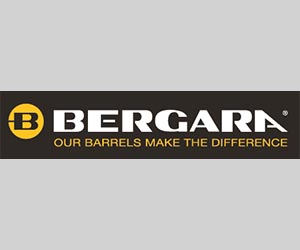

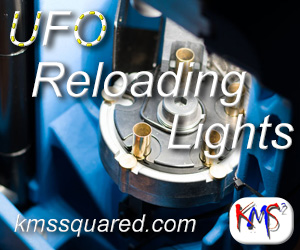

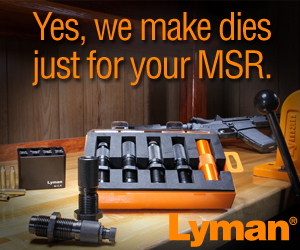
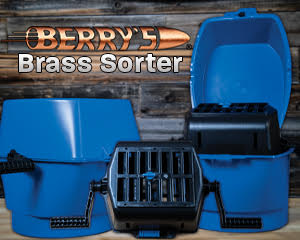
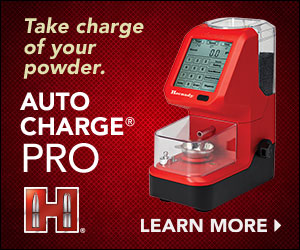
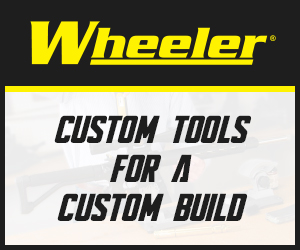

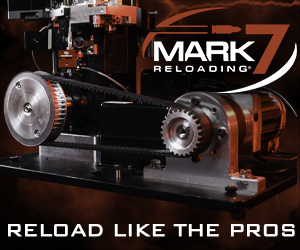
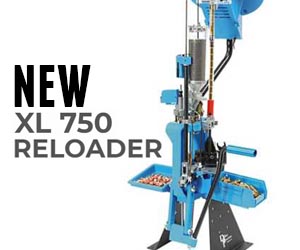
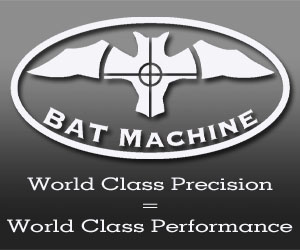
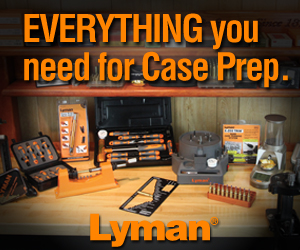
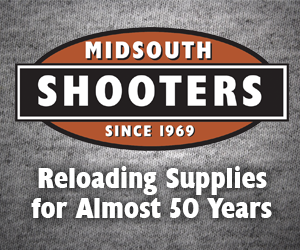

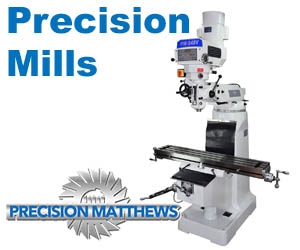


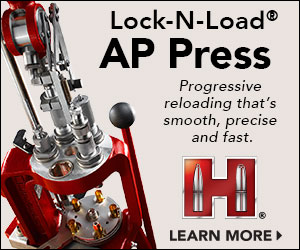
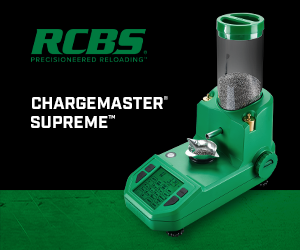

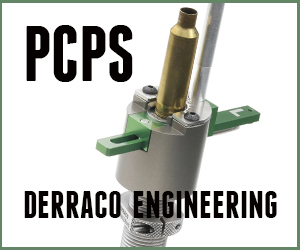
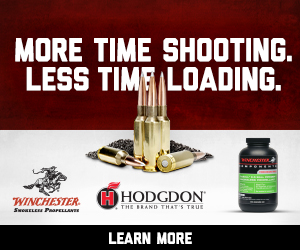

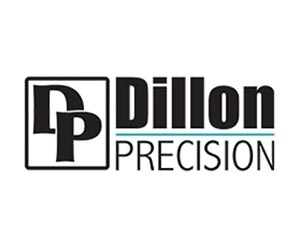

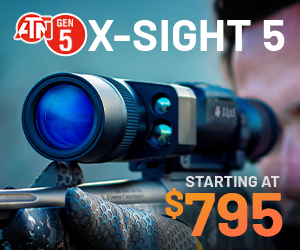
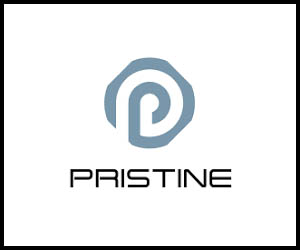
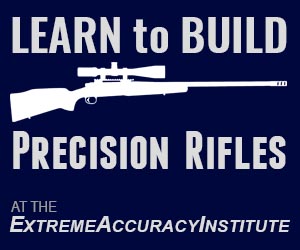




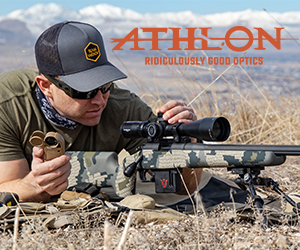

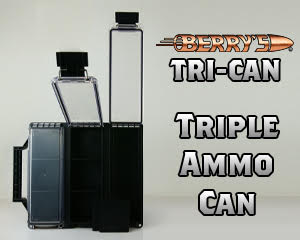

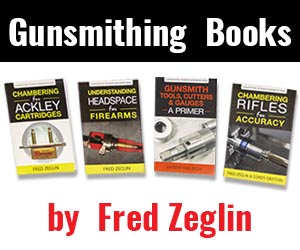
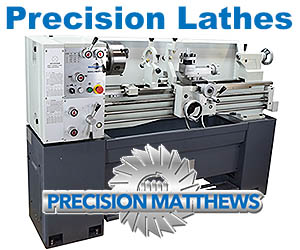

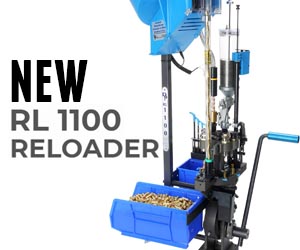

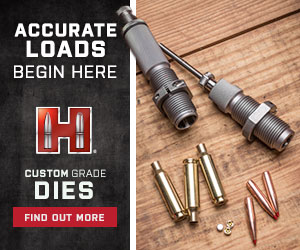


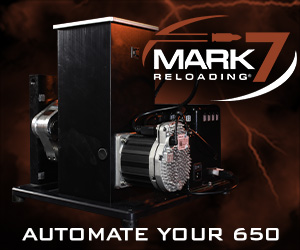

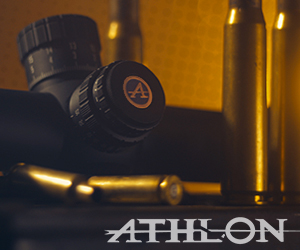
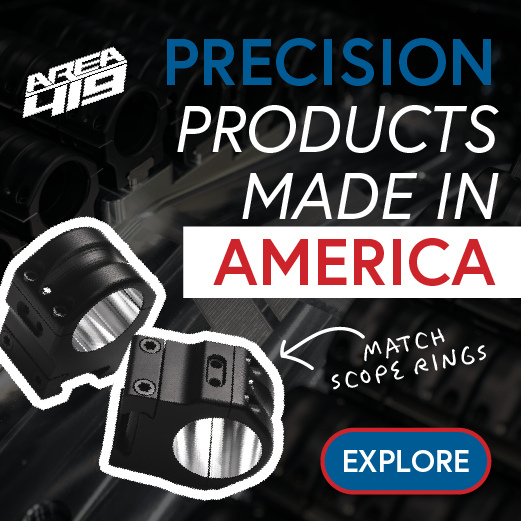
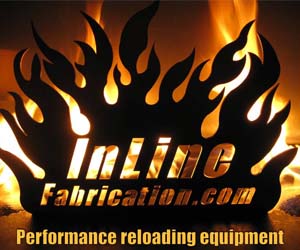
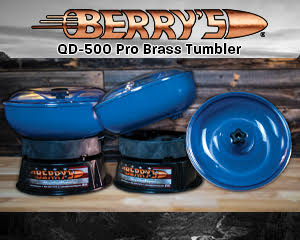
Gavin, I struggled a little with Cheddite hulls also. I found that Claybuster makes a wad for straight wall hulls – CB6118-12. I’d be happy to send you a few so you can experiment.
I need help with my 366 setup it’s working fine but the last crimp looks terrible
Gavin you have taught me so much, I look forward to your postings, great site, using my hornady L n L if it wasn’t for you I would have been a total wreck, keep up the great work, gotta tell you that you are an excellent teacher
Gerry Beaver
Thanks Gerry- I appreciate your kind words! Teaching is fun when you enjoy the subject. 🙂
Gavin,
In shotshell reloading it is all about using the proper components for fit. You are using a wad designed for straight wall hulls, (federal) in a tapered wall hull, (remington and winchester). If you change your wad to one designed for tapered hulls you will find everything fits better. If you still have the small hole, adjust your pre-crimp down a little and you should have it. After the pre-crimp stage you should have a hole about the size of a pencil. Usually better to have a little more pre-crimp than less. I love my 366!
I’ve used the 366 since 2005 and it’s been my experience that the following 5-things help and make your reloading experience on this press much more enjoyable: (1) trim all flash in the black “Primer Stop Unit” where the primers are dispensed; (2) obtain and install the “Auto Primer Shut Off” (Midway # 113100; Hornady # 010053); (3) obtain and install the “Spring Loaded Primer Seater Punch” (Midway #127402; Hornady # 010051) which can be a safety help as well if you try to inadvertently double prime; (4) get several extra “Primer Tube Fillers” (Midway # 120172; Hornady # 020003) and fill them with primers so you can keep going when you’re on a roll churning out rounds; and (5) add a counter (you can see my set up at http://lumberjocks.com/projects/69322 ) to keep track of number of primers dispensed (I now know to add primers every 60 count and never run dry). The Hornady 366 really is a good press, but I wish Hornady just keep improving this press like they do their LNL AP (maybe a hydraulic unit).
Gavin,
My suggestion for your next part of shot shell reloading is to use some of the wads made for lesser shot drops. For skeet 7/8 ounce or 1 ounce is all you need. Claybuster has wads all the way down to 3/4 ounce. You will spend less on total component cost and have less recoil. Another suggestion is to crono your loads to see how close you are to published data. Hove fun shooting and reloading.
Jim
Thanks for the suggestions!
I’m looking forward to seeing more on shot shell reloading and presses. I’m in the market for one and there are so many options. Any chance of getting a reloading cost calculator for shot shells? I love the current one and use it frequently.
I like that idea! (Reloading Cost Calculator – Shotshell Edition). Thanks for the suggestion!
Gavin
A nice little trick for these machines is to mill the front of the primer drop tube from just above the plastic piece to just under the threads. This way you have a window to see when your almost out of primers. I’ve done this on all 4 my machines and it works like a dream I never run out of primers.